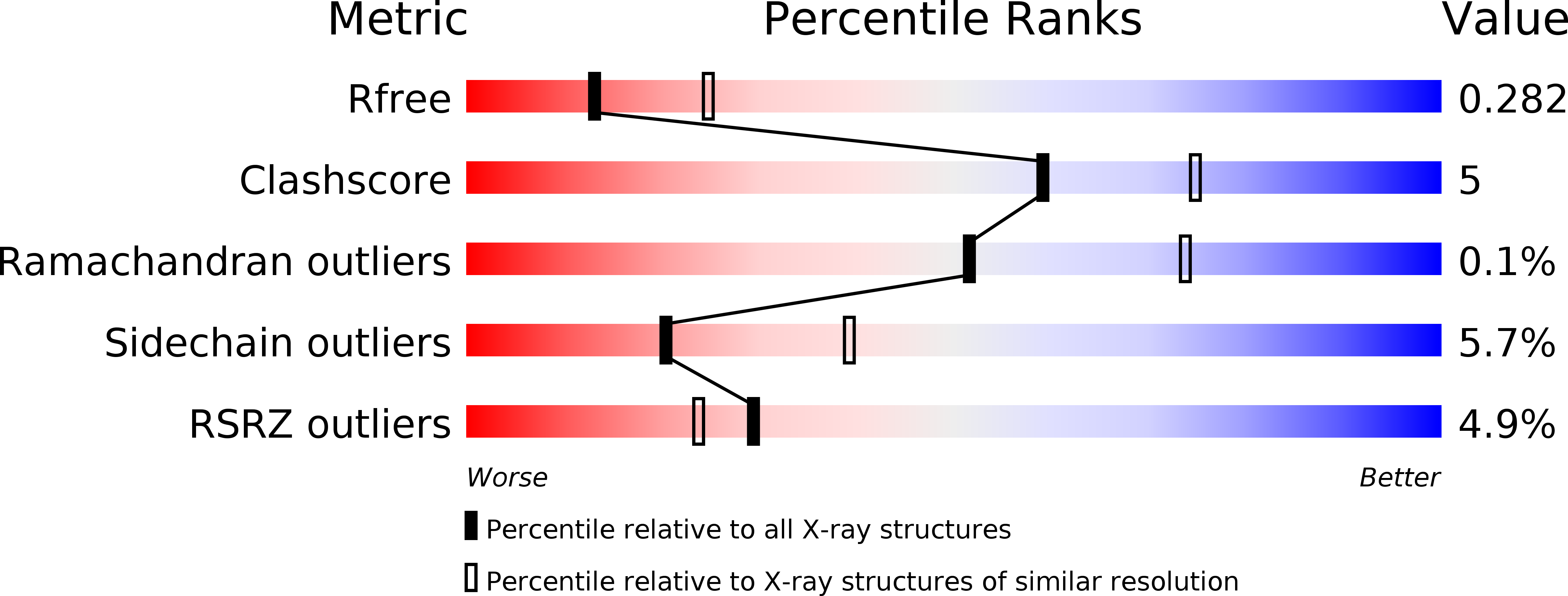
Deposition Date
2013-06-03
Release Date
2014-05-21
Last Version Date
2023-09-20
Entry Detail
PDB ID:
4L1E
Keywords:
Title:
Crystal structure of C-Phycocyanin from Leptolyngbya sp. N62DM
Biological Source:
Source Organism:
Leptolyngbya sp. N62DM (Taxon ID: 574115)
Method Details:
Experimental Method:
Resolution:
2.61 Å
R-Value Free:
0.28
R-Value Work:
0.23
R-Value Observed:
0.24
Space Group:
C 1 2 1


